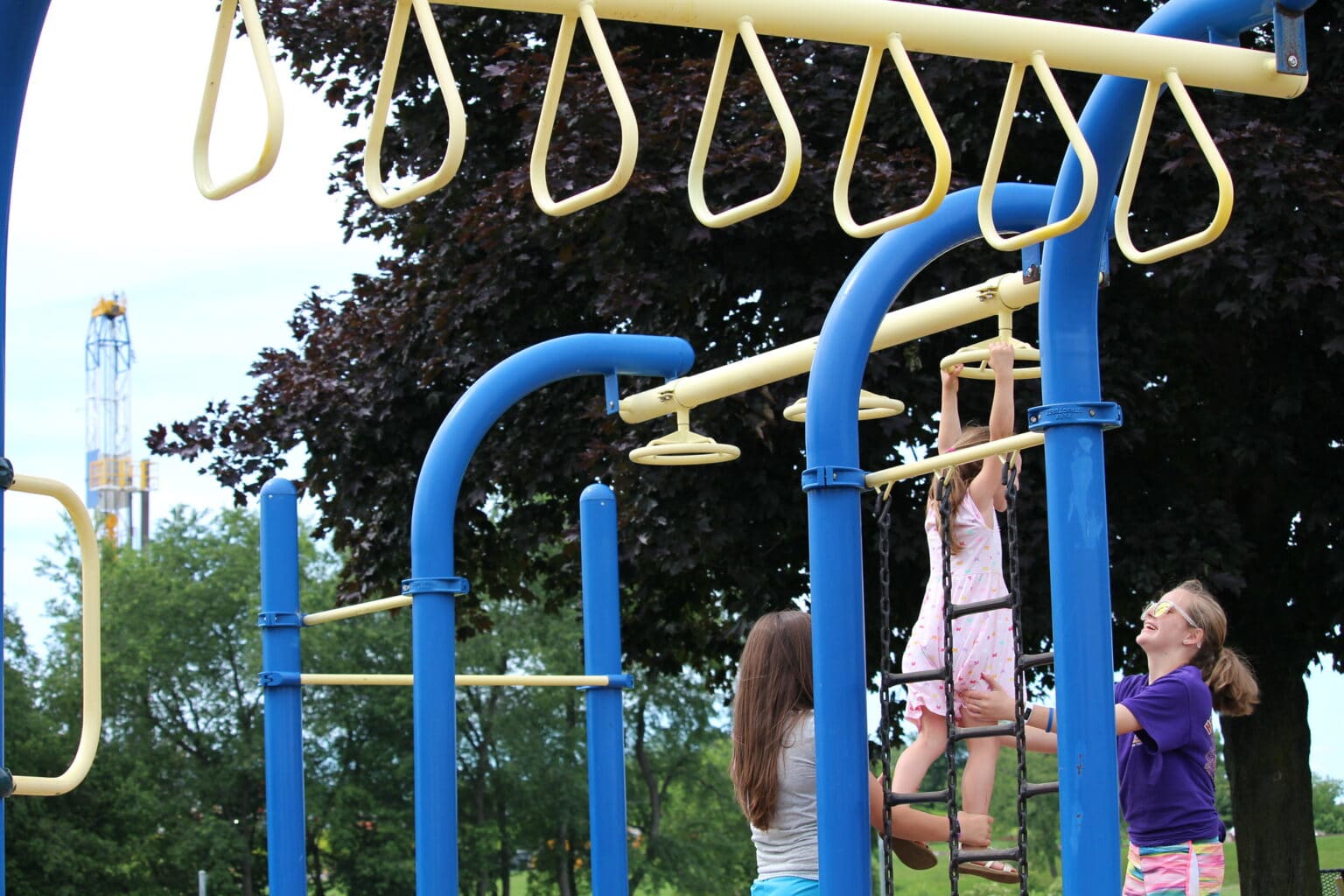This article was originally published by Gas Outlook.
The negative impacts of hydraulic fracturing on public health, the environment, and the climate are “intractable and not fixable,” according to a newly published report.
Hydraulic fracturing, or “fracking,” is the process used by oil and gas drillers that involves injecting water, sand, and chemicals underground at extreme pressure to extract oil and gas trapped in shale rock.
Fracking, along with advances in horizontal drilling, ushered in an enormous oil and gas production boom beginning about 15 years ago, leading to the U.S. becoming the largest oil and gas producer in the world.
But the scientific literature on its impacts has grown larger with each passing year, shedding light on the vast human and environmental toll left in the industry’s wake.
The fracking boom really began to take off in Pennsylvania in the late 2000s and early 2010s. At the time, New York had a moratorium on the practice, but with shale gas production soaring in neighbouring Pennsylvania, there was growing pressure on the New York state government to lift the ban.
Sandra Steingraber, a scientist and co-founder of Concerned Health Professionals of New York, a group of health professionals and scientists concerned about fracking, began scouring the scientific literature on the drilling practice. Fracking involves the use and release of toxic chemicals and contaminants into the air and water, through multiple stages of the drilling process. That pollution finds its way to people who live nearby. In addition, vast quantities of carbon and methane pollution are released into the atmosphere.
In those early days, the science was playing catchup to a fracking boom that was already advancing at full speed. “At the time, there were really 65 studies in the peer-reviewed literature. I remember there was a time where I had them all sort of memorized,” Steingraber told Gas Outlook.
Concerned Health Professionals of New York compiled all the literature into a “fracking compendium,” as they called it. Steingraber travelled around to speak to rural New York communities who were slated to be targeted by gas companies if the state moratorium was lifted.
But in late 2014, New York announced that it was permanently banning fracking, with state officials citing “significant public health risks.”
“It was like hearing our own study read back to us,” Steingraber told Gas Outlook. “They did in fact look at a lot of the same research we did, and came to the same conclusions.”
But even then, the scientific evidence on the dangers of fracking was only beginning to be understood. The evidence began as a trickle, but quickly turned into an avalanche as scientists began to study the industry.
“The second edition of the compendium had 150 studies and then it went to 400 studies for the third edition in 2014,” Steingraber said. “2014 was a year of just so many publications that I could hardly keep track anymore.”
The latest version, the 9th edition, released in October, has nearly 2,500 studies showing evidence of harm from fracking. In the past decade, the science has been used by researchers, scientists and activists from all over the world. Steingraber has been in touch and worked with people in Ireland, Argentina, Mexico, South Africa, and Scotland, among other places.
Taken together, the report finds that the health, environmental, and climate impacts of fracking are so profound, that there is “no evidence that fracking can be practiced in a manner that does not threaten human health directly or without imperiling climate stability upon which human health depends.”
At a press conference on November 8, discussing the findings, Steingraber said that the problems with fracking are “intractable and are not fixable through any regulatory framework.”
“Fracking resembles lead paint or indoor smoking — no rules or regulations can make these practices safe.”
The Latest Findings
A decade ago, there was enough science to raise serious red flags about fracking. But as time has passed, the negative health impacts have become increasingly clear and the evidence unequivocal.
“Living near unconventional oil and gas development increases risks of adverse health outcomes across the lifespan, including preterm birth, reduced birth weight, birth defects, increases in asthma attacks and other respiratory diseases, various kinds of cancer, heart attacks and heart failure, and premature death, among other outcomes,” said Dr. Ted Schettler, science director with Science & Environmental Health Network, which advocates for health and environmental protections.
One 2022 study in Pennsylvania found that children living within two kilometres of a fracking well were two to three times more likely to be diagnosed with acute lymphoblastic leukemia, a type of blood cancer, compared to similar children who were not living near drilling sites.
A 2020 study found that pregnant women living in close proximity to gas flaring had a 50 percent increased chance of a preterm birth.
Another March 2023 study compared older residents in northeastern Pennsylvania, a state that embraced fracking wholeheartedly, with residents across the border in New York, which had banned fracking. Between 2002 and 2008 both populations exhibited similar hospitalization trends. But after 2009, after which the fracking boom really took off, the Pennsylvania sample saw a sharp increase in heart attacks and heart failure.
“It was a really clear trend. And that’s the closest we have to a controlled human experiment,” Steingraber said. “It’s sort of a twins separated at birth kind of study.”
She added that the literature is so solid at this point, that there is no reason for governments not to act.
“Compared to other public health data I’ve looked at, it’s astonishing actually,” Steingraber said.
As is the case with any public health issue, finding causation within a long list of potentially confounding variables is difficult. “It’s messy. And yet, we have to make public health decisions based on messy data,” she said.
She pointed to the issue of second-hand smoke. “At one point there were 30 studies in the peer-reviewed literature, of which nine showed an increase in lung cancer in people who were exposed to second-hand smoke,” Steingraber said. “And it was on that basis that we banned smoking inside work places and other public places.”
“We now have 120 studies showing harm to health from fracking. Almost every study that’s ever looked at health harms related to fracking has found them,” she said. “The only difference is that you can easily ask individual people to stop smoking where they work. It’s much harder politically to ask the whole oil and gas industry to go away.”
Methane Worse Than Previously Thought
The health harms of fracking are becoming increasingly understood by the public, and some opinion polls show that fracking is unpopular, even in Pennsylvania.
However, one narrative that has still not sunk in with the public, or with government officials and investors, is the impact on the climate. Gas and LNG are often positioned by the industry as climate solutions because of the perceived lower greenhouse gas footprint when compared to coal. But research continues to show that, after accounting for methane, gas is no better than coal. Indeed, it is likely worse.
Robert Howarth, a biogeochemist and ecosystem scientist at Cornell University in New York, has studied shale gas for more than a decade, and his research has focused on the methane emissions from the gas industry. Howarth coauthored a 2011 peer-reviewed paper that found that after the leaky methane was accounted for, shale gas was actually worse for the climate than coal.
Those findings were largely dismissed by the industry and gas-friendly politicians at both the state and federal level. But his findings have held up.
“In the 12 years since our paper, there have now been more than 1,800 papers published in the peer reviewed literature on this topic alone,” Howarth said at the fracking compendium press conference. “And the overwhelming conclusion from these is that methane emissions are in fact real and they’re significant.”
He said methane leaks are “baked into the basic framework” by which shale gas is developed and processed. “There are leaks for sure, some of it’s accidental — it’s hard to prevent leaks. But a lot of them are purposeful emissions that are just inherent in the safety and maintenance operations of the industry.”
His latest research focuses on LNG. Howarth recently submitted a paper for peer review that finds that LNG is dramatically worse for the climate than coal. LNG has all of the same problems that shale gas has with leaky methane, but LNG also has extra climate penalties — in order to make one unit of LNG, roughly 10 percent of the energy is burned in the liquefaction process. In addition, Howarth estimates that some LNG ships lose as much as 20 percent of their cargo because the LNG is used for fuel, is evaporated off, or otherwise escapes into the atmosphere.
“The bottom line is that the science is quite clear: liquefied natural gas is a terrible idea from a climate standpoint,” Howarth said. “I think LNG has no place in the world given this need we should be building no new LNG infrastructure whatsoever.”
He pointed to the narrative that has taken hold in the U.S. and Europe that LNG is needed to replace lost Russian gas after Russia’s invasion of Ukraine.
“I would contend that for a short term and an emergency basis, Europeans are better off reopening some of their shuttered coal plants than to build out this LNG infrastructure, which has a 40 to 50 year time period and in fact is worse for the climate than coal,” Howarth said.
Many European countries have embraced LNG, and the Biden administration has also encouraged more gas exports. Along the U.S. Gulf Coast, there is a building spree underway for LNG export terminals.
But once in place, that infrastructure may operate through the middle of the century — at least, that is what LNG operators and their investors intend.
“It just locks in fracking for decades to come at a time when we’re supposed to be winding things down,” Steingraber said.
Subscribe to our newsletter
Stay up to date with DeSmog news and alerts







